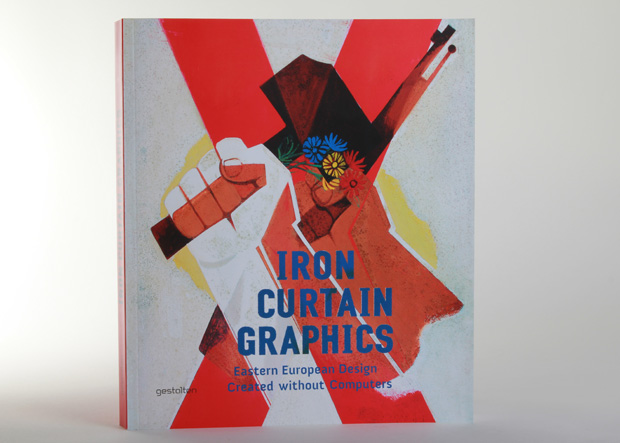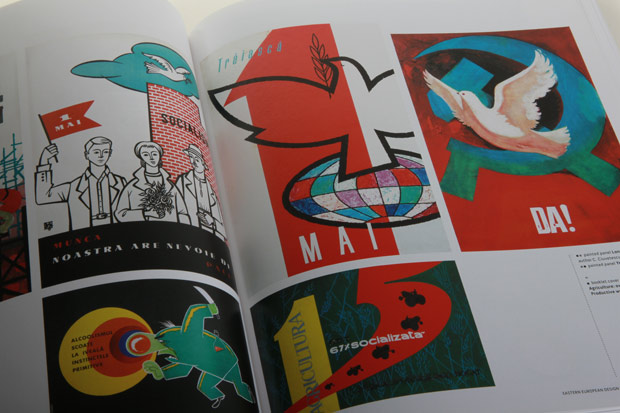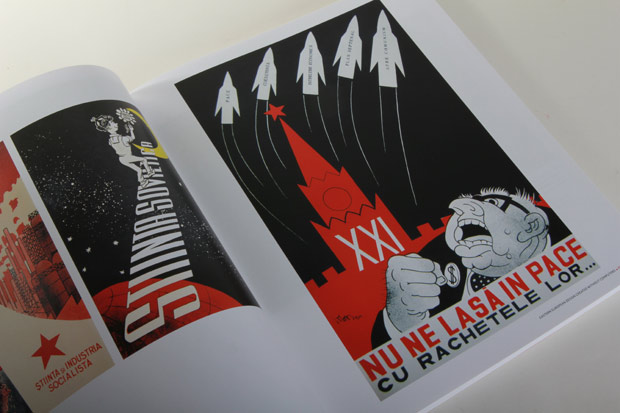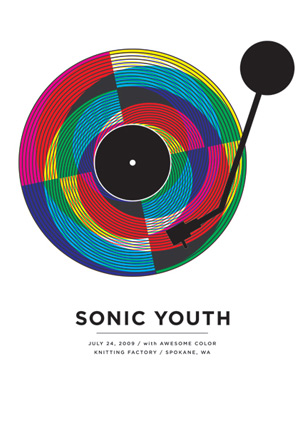Iron Curtain Graphics
Exploring the graphic expertise and vision behind Communist-era posters


The ideological imagery from the height of Communist rule in central and Eastern Europe has become a familiar motif in the west in the decades since its fall. From the illustrations of bourgeois fat cats to the classic “Niet” posters depicting a stern and handsome man refusing alcohol, the political and cultural lines drawn by these materials are clear. What is less recognized on this side of the former Iron Curtain is the technical ability and graphic skill that went into composing posters representing the industrious superiority of the former Communist empire.
Edited by Stefania Carla Duschka and Ciprian Isac of the creative Romanian publishing house Atelierul de Grafica, “Iron Curtain Graphics” explores the graphic qualities and composition of Communist-era posters from Romania, ranging from political propaganda to workplace safety warnings. Looking beyond the geo-political and social purpose of these images, the book gives some insight into the skill, thought and beauty of imagery that is, as the book’s subtitle states, “Eastern European Design Created Without Computers”.

While graphically stunning, many of the book’s images represent Communist ideals without humor or irony, raising the question of artistic value versus technical skill and messaging. The posters cover a dynamic range of topics, in propaganda images that clearly resemble those popularized in modern media and that can be found at trinket stores throughout the former Communist states.
The section on Labor Safety offers a unique look at imagery that was created for completely utilitarian purposes but is composed at the same level as those used to promote core political and social ideas, drawing fascinating parallels between the advanced graphics employed for propaganda and mundane instructions and warnings alike.

The comprehensive collection presented in “Iron Curtain Graphics” is a crucial read for anyone interested in the culture, design and politics of that time period. The bold representation of strength, industry and the symbiotic relationship between man and machine—the depiction of the perfect working mechanism—juxtaposed with highly stylized graphics to inform about safety offers a truly unique vision of the scope of graphic design before the fall of the Berlin wall.

“Iron Curtain Graphics” is available through Gestalten and Amazon.












